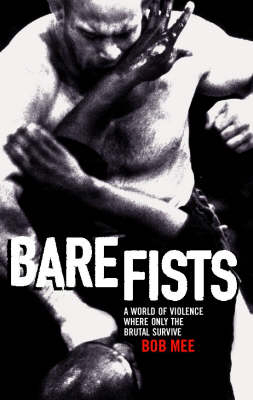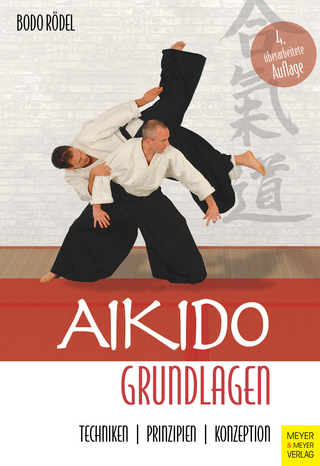
Bare Fists
Seiten
2000
HarperCollinsWillow (Verlag)
978-0-00-218966-8 (ISBN)
HarperCollinsWillow (Verlag)
978-0-00-218966-8 (ISBN)
- Titel ist leider vergriffen;
keine Neuauflage - Artikel merken
This text takes a look at the forgotten world of bare-knuckle prize-fighting, from the heyday of pugilism in the 18th century, to its extinction at the end of the 19th, and its re-emergence this century in the form of illegal underground bouts. James Figg, the notorious prize-fighter, swordsman and bear-baiter, was the first man to help establish fist-fighting as the preferred sport of the masses, who had previously been entertained by such delights as women versus dwarfs and animals fighting in a burning barrel. From the age of Figg, until the late 19th century, prize-fighting was the dominant sport of the landed classes. All the chief combatants were backed by the rich aristocracy and a succession of kings from George I were keen followers of the sport and often to be found at ringside. The author charts the progress of the so-called Championship of England and, interspersed with social observation and biographical detail, he paints a vivid picture of the society in which this sport thrived. The reader is introduced to a variety of fighters including Jack Broughton, Jack Slack, Daniel Mendoza, Jim Belcher, Tom Cribb and Tom Sayers.
Their hard drinking and prodigous fight achievements almost beggar belief, but they usually took their toll. Most succumbed to an early grave. The sport all but came to an end with the introduction of the Queensberry Rules in 1867, but that was not the end of the story. Fist-fighting continued underground as an illegal practice, and still does, although it is unrecognizable from its noble heritage. In the final part of the book, laments the decline of bare-knuckle fighting from the late 19th century. The modern-day version is a sickening and brutal world - the sort inhabited by Lenny McLean and Roy Shaw - where kicking, stamping and illegal weapons are more prevalent than the fist.
Their hard drinking and prodigous fight achievements almost beggar belief, but they usually took their toll. Most succumbed to an early grave. The sport all but came to an end with the introduction of the Queensberry Rules in 1867, but that was not the end of the story. Fist-fighting continued underground as an illegal practice, and still does, although it is unrecognizable from its noble heritage. In the final part of the book, laments the decline of bare-knuckle fighting from the late 19th century. The modern-day version is a sickening and brutal world - the sort inhabited by Lenny McLean and Roy Shaw - where kicking, stamping and illegal weapons are more prevalent than the fist.
Bob Mee, the current boxing correspondent of the Daily Telegraph has been a boxing writer for more than 20 years, during which time he has written extensively for Boxing News and worked title fights around the world for Sky Sports and ITV. He has written several books, most recently a collaboration with veteran fight promoter Mickey Duff, on Duff's autobiography, Twenty and Out.
| Erscheint lt. Verlag | 21.11.2000 |
|---|---|
| Zusatzinfo | 60 b/w illus, With index |
| Verlagsort | London |
| Sprache | englisch |
| Maße | 159 x 240 mm |
| Gewicht | 527 g |
| Themenwelt | Sachbuch/Ratgeber ► Sport ► Kampfsport / Selbstverteidigung |
| Geisteswissenschaften ► Geschichte | |
| ISBN-10 | 0-00-218966-6 / 0002189666 |
| ISBN-13 | 978-0-00-218966-8 / 9780002189668 |
| Zustand | Neuware |
| Haben Sie eine Frage zum Produkt? |
Mehr entdecken
aus dem Bereich
aus dem Bereich
der Umgang mit Adrenalin; mentale Stärke, Motivation und …
Buch | Hardcover (2024)
Leopold Stocker (Verlag)
25,00 €
Techniken, Prinzipien, Konzeption
Buch | Softcover (2023)
Meyer & Meyer (Verlag)
32,00 €


